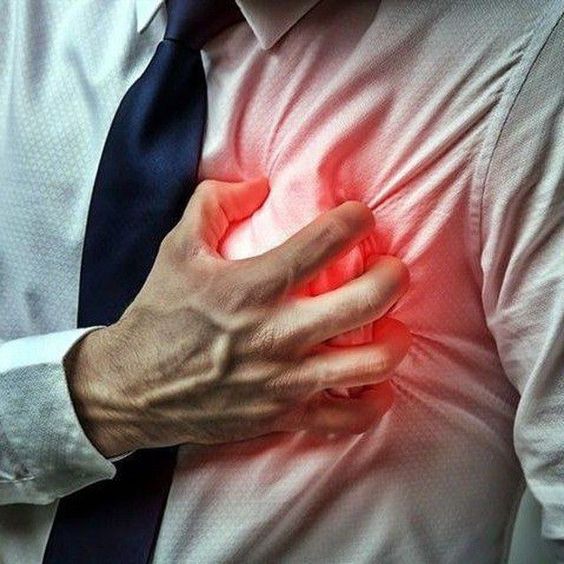Introduction:
Tachycardia is a condition that causes the heart to beat faster than normal while at rest. A normal resting heart rate for adults ranges from 60 to 100 beats per minute (bpm). With tachycardia, the heart rate is over 100 bpm. Many people with tachycardia experience no symptoms or complications. However, if left untreated, tachycardia can disrupt normal heart function and lead to serious complications, including heart failure, stroke, or sudden cardiac arrest.

There are many different types of tachycardia. The type depends on where in the heart the abnormal heart rhythm starts:
- Supraventricular tachycardia (SVT) begins in the upper chambers of the heart (the atria).
- Ventricular tachycardia begins in the lower chambers of the heart (the ventricles). This is a less common but more serious form of tachycardia.
Symptoms of Tachycardia
Symptoms of tachycardia can vary depending on the type and severity of the condition. Some people with tachycardia may not experience any symptoms at all. However, common symptoms include:
- A fluttering in the chest
- A racing or pounding heartbeat
- Shortness of breath
- Dizziness
- Lightheadedness
- Fainting
- Chest pain
Causes of Tachycardia
There are many different causes of tachycardia, including:
- Heart conditions: such as coronary artery disease, heart valve disease, and heart failure
- High blood pressure
- Electrolyte imbalances: such as low potassium or magnesium levels
- Thyroid problems: such as hyperthyroidism
- Anemia
- Smoking
- Caffeine
- Alcohol
- Drug use: such as cocaine or amphetamines
- Stress
- Anxiety
Treatment of Tachycardia
Treatment for tachycardia depends on the underlying cause, the type of tachycardia, and the severity of symptoms. If you experience a rapid heartbeat or other symptoms of tachycardia, you should see a doctor for diagnosis and treatment. Treatment may include:
- Lifestyle changes: such as quitting smoking, limiting alcohol and caffeine intake, and managing stress
- Medications: such as beta-blockers, calcium channel blockers, and antiarrhythmic medications.
- Vagal maneuvers: These maneuvers stimulate the vagus nerve, which helps regulate heart rate. Examples include holding your breath and bearing down, coughing, or plunging your face into cold water.
- Catheter ablation: This procedure uses heat or cold energy to destroy the small area of heart tissue that is causing the abnormal heart rhythm.
- Implantable cardioverter-defibrillator (ICD): This device is implanted in the chest and continuously monitors the heart rhythm. If it detects a dangerous heart rhythm, it delivers an electric shock to restore a normal heartbeat.
It is important to follow your doctor's instructions and take all medications as prescribed. If you have any questions or concerns about your condition, be sure to discuss them with your healthcare provider.

.jpg)